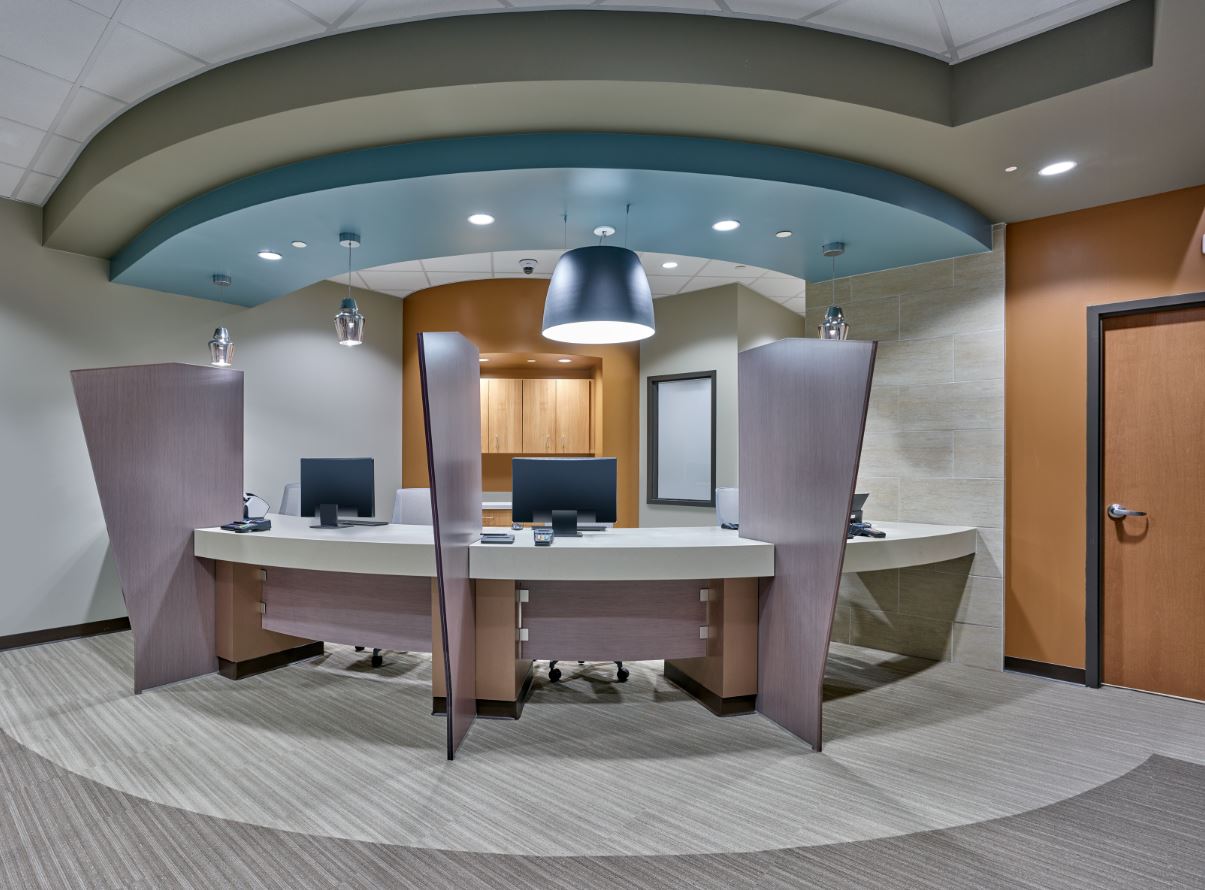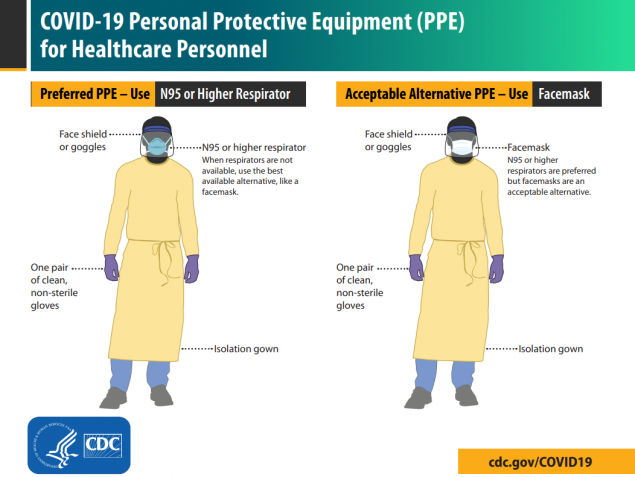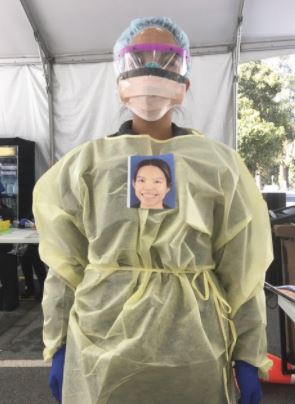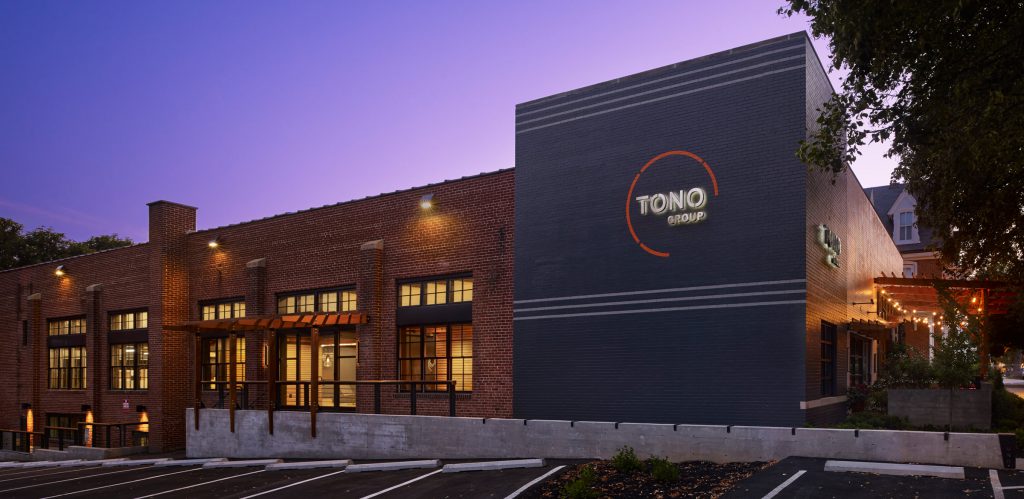
COMMONLY USED HEALTHCARE ACRONYMS IN THE COVID PANDEMIC
Each day there are seemingly new terms and discoveries in the world of our current pandemic lifestyle. Watching the latest broadcast with experts that are tirelessly helping our nation and the world combat a virus that threatens our lives and our livelihood we hear somewhat unfamiliar terms repeatedly used. But, what do they all mean?
TONO is here to help, as our team references our years of experience in designing for the Healthcare sector to pass along the common place meanings and where to find additional information if you need an industry expert.
DOH – Department of Health
Created in PA in April of 1905, this state organization is at the backbone of the Covid crisis. Their reach however extends beyond just infectious diseases. Their mission according to their website is “….to promote healthy behaviors, prevent injury and disease, and to assure the safety of quality healthcare for all people in Pennsylvania”.
The programs from this entity range from emergency response planning to verification and compliance of our health professionals. They also manage Vital records including life events like Birth, Adoption and Death.
The DOH is also the reviewing organization that administers and enforces standards of planning for architectural projects moving from design through construction. Our firm’s projects within licenses facilities, such as hospital and ambulatory care facilities, all walk through this process. The submission provides verification that each medical space we design meets the requirements and creates a cross check to ensure a standard of care and safety for patients, as well as health care professionals.

PPE – Personal Protective Equipment
As defined by the FDA (Food and Drug Administration), PPE or “personal protective equipment (PPE) refer to protective clothing, helmets, gloves, face shields, goggles, facemasks and/or respirators or other equipment designed to protect the wearer from injury or the spread of infection or illness.”
PPE wasn’t created by the Corona Virus Pandemic, in fact it’s equipment that has been used for years by many other professions including the
construction industry. For our staff at PROTO Construction this now also includes a mask, but previously included items such as safety glasses, hard hats, steel toe shoes, gloves, and ear plugs. The COVID-19 pandemic has made the need and urgency of these items much more critical as supply and demand is creating a scarcity rarely seen in the United States prior to 2020.

One of the unique efforts stemming from the COVID PPE requirements is the continuation of the PPE Portrait Project started as an art intervention for improvement of care in those suffering from Ebola. The requirements for mask wearing changes the patient experience by hiding the medical providers face. This project’s goal is to place a photo on the person behind the mask on the chest of their gown; thereby improving the patient’s experience. More information on this care technique and the improvements found in patient care can be found on PPE Portrait Project.
DAAC – Division of Acute and Ambulatory Care
As explained on the Department of Health’s website: “The Department of Health, Division of Acute and Ambulatory Care is responsible for the licensing and oversight of Pennsylvania’s 271 ambulatory surgical facilities. The division conducts the Medicare and licensure surveys, as well as complaint and incident investigations for these facilities.”
As architects, we work with not only the program requirement of the project, but we also work with DAAC reviewers and Regional Healthcare Organizations to ensure that each project meets and exceeds the needs of the patients. The process is much like a checks and balances system to maintain the level of care and quality for all that walk into a medical facility for treatment of their medical conditions. If you as a patient had a concern regarding a medical facility, then DAAC would be there to better understand your concern and work with the facility on the deficiency to have it corrected.
HIPAA – Health Information Privacy
HIPAA stems from the Health Insurance Portability and Accountability Act of 1996 which provided standards of care for your health information as a patient. The methods of these standards cover electronic exchange, privacy and security.
Why would any architect be concerned with HIPAA and how can it affect design?
Well, HIPAA is primarily concerned with three areas to ensure compliance: technical, administrative and physical. The physical realm is the primary area where the design of the facility by a qualified architect helps to ensure that your information is secure. Architects work to design spaces that allow providers and medical staff to effectively work, but also to ensure the level of privacy that HIPAA requires for patients.
Primary considerations include a design that restricts physical access to items such as medical records, servers and computer work stations, as well as control of incidental viewing of patient records. It also includes coordination of doors and hardware with access controls including areas with restricted accesses as well as implementation of the health organizations’ security plan for optimization.
There are many more terms that play into our “new” everyday terminology. Many of us never previously questioned the meaning for these terms, but now as we all work to become relative experts in our own health journey, it’s helpful to better understand the commonly used healthcare acronyms. At TONO, each project designed provides an opportunity to help lead our clients to meaningful places that helps to promote a healthy work environment for the betterment of patient care.
“A sound soul dwells with in a sound mind and sound body” – Atsushi Okubo

